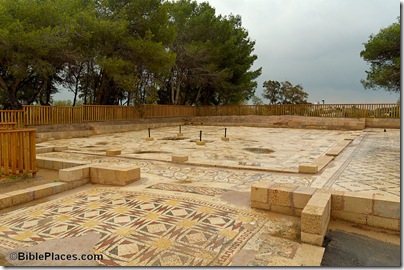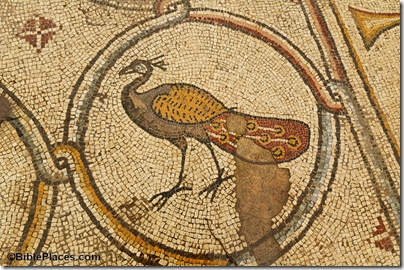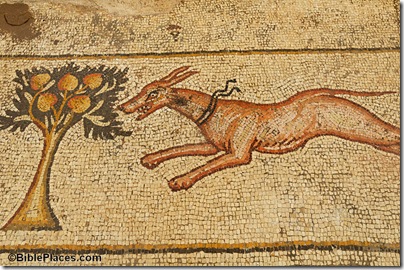The Ranieri Colloquium on Ancient Studies
The Dead Sea Scrolls at 60:
The Scholarly Contributions of NYU Faculty and Alumni
March 6-7, 2008
Hemmerdinger Hall, Room 102
Silver Center, 100 Washington Square East
Thursday, March 6, 2008
Matthew S. Santirocco (Dean, College of Arts and Science, New York University) – Welcome
10:00a.m. – Session One: Rewriting the Bible
Erik Larson (Florida International University) – On The Identification of Two Greek Texts of Enoch
Mark Smith (New York University) – “In-between Texts”: Biblical Texts, Inner-Biblical
Interpretation, Second Temple Literature, and Textual Criticism
Moshe Bernstein (Yeshiva University, New York University) – The Dead Sea Scrolls and Jewish
Biblical Interpretation in Antiquity
12:00 Noon – Lunch
1:30p.m. – Session Two: The Dead Sea Sect
Gary Rendsburg (Rutgers University) – Language at Qumran
Shani (Berrin) Tzoref (Hebrew University, University of Sydney) – The Pesharim and the Pentateuch:
Explicit Citations, Overt Typologies, and Implicit Interpretation
Alexei Sivertsev (DePaul University) – Sectarians and Householders
4:00p.m. – Keynote Address
Lawrence H. Schiffman (New York University) – The Dead Sea Scrolls and the History of Judaism
and Christianity
6:00p.m. – Reception
Friday, March 7, 2008
9:00a.m. – Session Three: The Scrolls and Second Temple Judaism
Alex Jassen (University of Minesota) – The Contribution of the Dead Sea Scrolls to the Study of
Prophecy in Ancient Judaism
Yaakov Elman (Yeshiva University) – Zoroastrianism and the Dead Sea Scrolls
Joseph Angel (Yeshiva University) – The Historical and Exegetical Roots of Eschatological
Priesthood at Qumran
11:00a.m. – Session Four: Judean Desert Texts
Judah Lefkovits (Independent Scholar) – The Copper Scroll (3Q15): A Reconsideration
Baruch Levine (New York University) – Judean Desert Documents of the Bar Kokhba Period:
Epistolary and Legal
Andrew Gross (University of Pittsburgh) – The Judean Desert Formulary: A Case Study in the
Continuity and Innovation of Ancient Near Eastern Traditions
The school’s announcement is here.
HT: Joe Lauer, who says that the event is free and open to the public. You can confirm attendance
with Shayne Leslie Figueroa at shayne dot figueroa at nyu dot edu.


